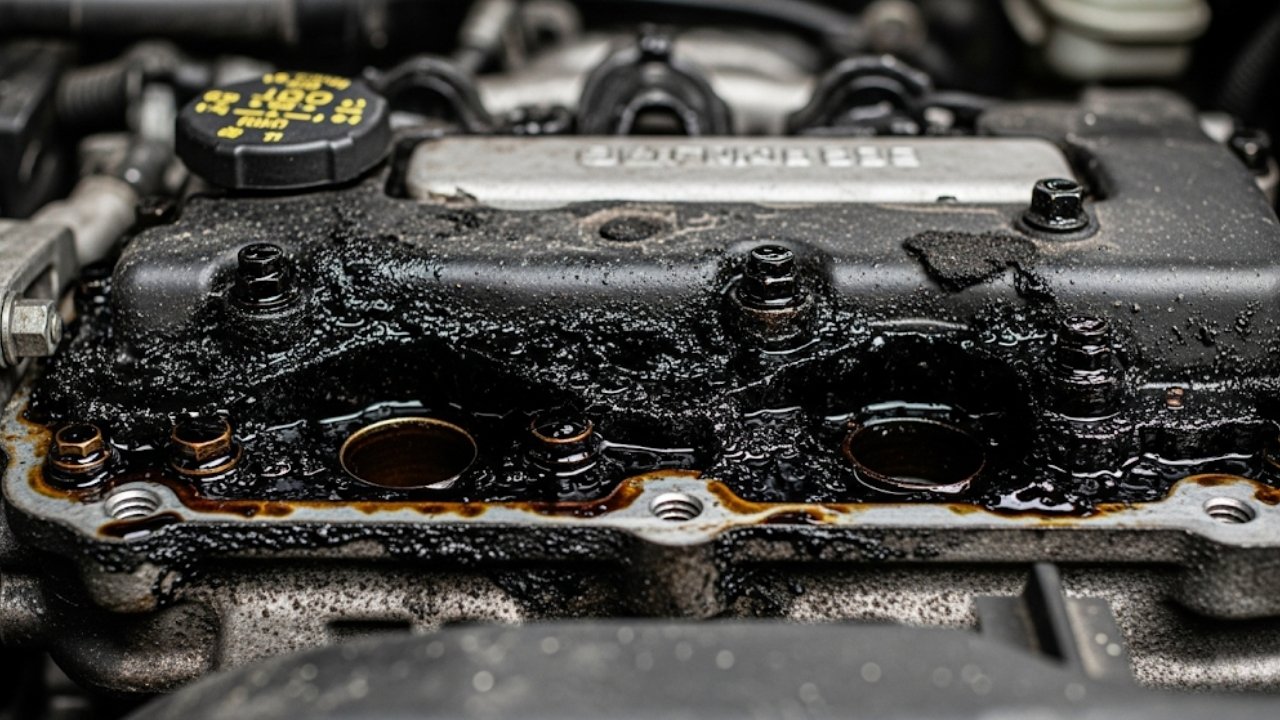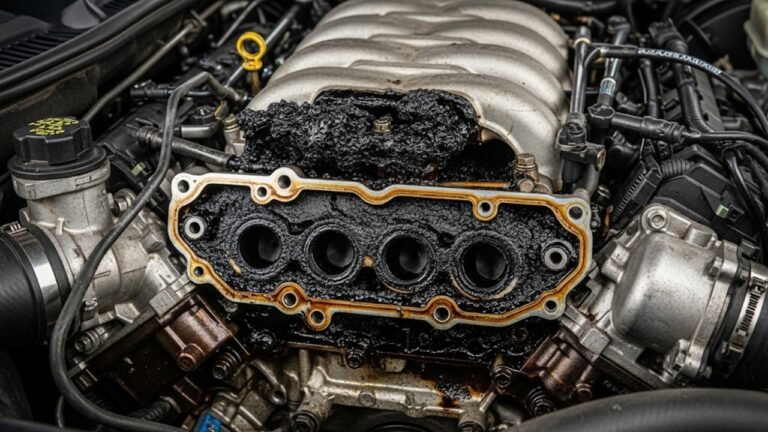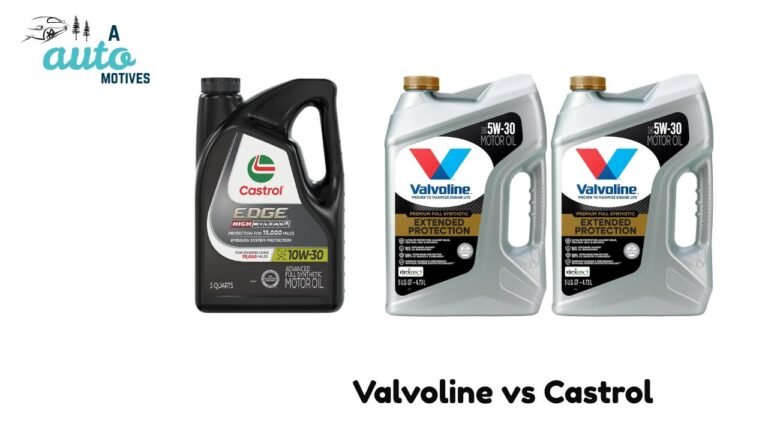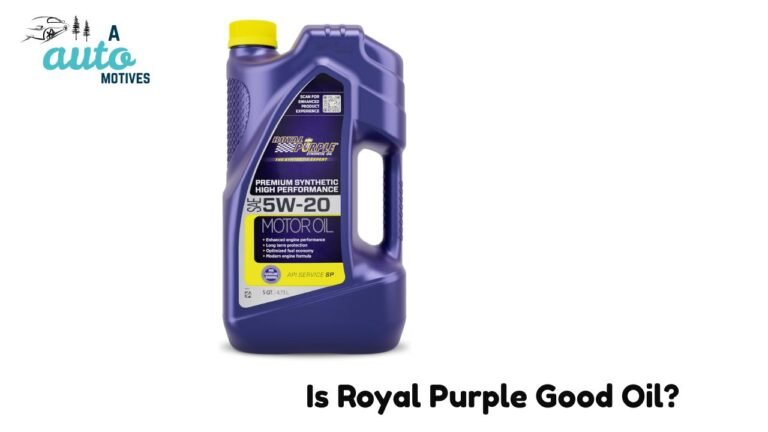How Does Car Oil Get Dirty?

Ever opened the hood, pulled out the dipstick, and wondered—why is my car oil so dirty? You changed it just a few weeks ago! If you’ve been there, you’re not alone. We’ve all stared at that brownish-black goop and felt confused or even annoyed. You’re taking care of your car, right? So what gives?
Let’s talk about how does car oil get dirty, and not just from a mechanical perspective. I’ll walk you through the science, but also share some honest, down-to-earth truths. Think of this as a chat between car-loving friends at a tea stall—sharing insights, a few laughs, and that “aha” moment we all love. Whether you’re new to cars or grew up in a garage, you’ll leave with clarity.
What Is Engine Oil Supposed to Do?

Here’s what engine oil actually does:
-
Lubricates moving parts
-
Reduces friction and wear
-
Cools the engine by carrying heat away
-
Cleans by suspending dirt and particles
-
Prevents rust and corrosion
-
Seals small gaps between engine parts
Think of it like the mustard oil your grandma used to rub on aching joints. It’s not flashy, but it does the job—quietly, reliably.
Why Does Clean Oil Become Dirty?
So now to the big question: how does car oil get dirty?
Well, even though oil starts clean, it’s placed in one of the harshest places possible—inside your engine. Here’s how it ends up looking like old gravy.
1. Combustion Byproducts
Every time your engine runs, it burns fuel. This creates small amounts of carbon, unburned fuel, water vapor, and gases. Some of these escape through the exhaust. But others slip past the piston rings into the oil.
-
These are called blow-by gases.
-
They carry soot, acid, and moisture.
-
Oil absorbs them to keep the engine clean.
Over time, these contaminants build up. Your oil starts turning from golden brown to dark, muddy, and gritty.
2. Dirt and Dust From the Outside World
You might think your engine is sealed tight—but it breathes air just like we do. And even with filters, some dust and tiny debris find their way inside.
-
Dirt enters through the air intake system.
-
If your air filter is clogged or cheap, more dust gets in.
-
The oil tries to trap these tiny invaders.
And let me tell you—Dhaka’s traffic and construction zones don’t help either. If you drive in dusty areas or keep your windows open, expect dirtier oil faster.
3. Engine Wear and Metal Shavings
Engines are made of metal. Metal parts rubbing against each other, even with oil, create microscopic metal particles. These particles:
-
Mix into the oil
-
Add to the dark color
-
Increase engine wear if left too long
Modern oils have additives to suspend these particles. But the oil can only hold so much. Over time, it becomes saturated—like a sponge that can’t soak up another drop.
Here’s a Table Summing Up the Culprits Behind Dirty Oil
| Cause of Dirty Oil | How It Happens | Effect on Oil |
|---|---|---|
| Combustion Byproducts | Fuel burning releases gases & soot | Turns oil dark and acidic |
| Dirt and Dust Infiltration | Air intake brings in fine particles | Causes abrasive contamination |
| Engine Metal Wear | Friction creates microscopic shavings | Makes oil gritty, reduces protection |
| Oil Additive Depletion | Additives break down with time/use | Oil loses cleaning and cooling ability |
| Moisture and Condensation | Water vapor sneaks in during cooling | Forms sludge, reduces lubrication |
Does Synthetic Oil Get Dirty Too?
Absolutely, yes.
People often ask me, “But I use full synthetic oil. It shouldn’t get dirty, right?” I get that. Synthetic oil is better, but it’s not magic.
Here’s why:
-
Synthetic oil lasts longer, handles heat better, and has stronger detergents.
-
But it still cleans your engine, suspends contaminants, and breaks down over time.
-
It can just handle more abuse before it needs changing.
So yes, synthetic oil gets dirty, just like regular oil—just a little slower.
What Happens If You Keep Driving With Dirty Oil?
Picture this: You keep frying snacks in the same oil for a month. First, the taste changes. Then, things start to burn. Eventually, your pan is filled with sticky black gunk.
Now apply that to your engine.
Dirty oil means:
-
Less lubrication
-
More heat
-
More wear and tear
-
Possible sludge formation
-
Risk of complete engine failure
And yes, I’ve seen engines ruined just because someone skipped an oil change or two. Trust me—it’s not worth it.
Signs Your Car Oil Is Dirty (And Needs Changing)
Here’s a quick checklist to help you spot dirty oil early:
-
Oil looks dark and sludgy on the dipstick
-
Burning smell from under the hood
-
Engine feels rough or noisy
-
Check engine or oil pressure light turns on
-
Poor fuel economy and slow acceleration
If you see any of these, it’s time to give your car some love.
Bullet Points: Why Oil Gets Dirty Faster in Some Cars
-
Short trips prevent oil from reaching optimal temperature
-
Stop-and-go traffic causes more wear
-
Old or cheap oil filters allow more particles through
-
Towing or heavy loads stress the engine
-
Older engines produce more blow-by gases
If you tick two or more of these boxes, consider changing oil more often than the manual says.
Does Oil Color Always Mean It’s Dirty?
Not always!
Here’s a fun fact: Oil can turn dark without being “bad.” Especially with high-detergent oils or diesel engines, the dark color just means it’s doing its job—cleaning the engine. What really matters is:
-
Thickness (viscosity)
-
Gritty texture
-
Mileage since last change
Dip your finger in, rub the oil between thumb and forefinger. If it feels like sand or smells burnt—it’s definitely time to change it.
Prevention Tips and the Importance of Regular Oil Changes
When you truly understand how does car oil get dirty, prevention becomes just as important as diagnosis. Think of your engine oil like the bloodstream of your car—it’s essential for life. To keep it pristine and performing at its best, you need a consistent care routine. Consider changing your oil regularly, not just based on mileage recommendations, but also in response to your driving habits. If you drive in stop-and-go traffic, dusty conditions, or haul heavy loads, your oil will accumulate dirt and wear particles faster. It is similar to washing your hands frequently when you’re in a germ-ridden environment. I remember the time I delayed my oil change and later discovered a gritty film on the dipstick; it reminded me of how quickly even the best oil can become overwhelmed with contaminants. In that moment, I realized that prevention isn’t just about sticking to a schedule—it’s also about being mindful of your car’s environment and usage. Using a high-quality oil filter is equally important since it plays a critical role in catching debris before it circulates through the engine. Additionally, periodic inspections and an oil analysis can further ensure your engine remains in top shape. When you treat your car with genuine care and attention, it repays you with reliability and longevity, much like tending to a garden or nurturing a friendship. This proactive approach not only extends your engine’s life but also enhances overall performance, fuel efficiency, and safety on the road. Regular preventive measures make all the difference in keeping your oil—and engine—as clean as possible over time.
Maintenance Strategies: Scheduling, Inspections, and Additive Boosters
Understanding how does car oil get dirty empowers you to take charge of your engine’s health, and a detailed maintenance strategy is your best ally. It starts with a simple commitment: schedule your oil changes well before overdue limits. In my own experience, the proactive maintenance routine became a saving grace after a minor engine mishap that occurred when I neglected timely oil changes. Regular check-ups are essential; they help identify early signs of abnormal wear, such as excessive metal particles in your oil or sudden discoloration. An effective strategy includes not only routine oil changes but also inspecting related components like oil filters, spark plugs, and even timing belts. Incorporating advanced oil additive boosters can also rejuvenate your oil by restoring its viscosity and helping it maintain its cleaning properties longer. Many mechanics recommend an oil analysis once a year—this simple test can reveal hidden contaminants and ensure that the oil is still offering the protection your engine needs. Furthermore, balancing the type of oil you use, whether conventional or synthetic, with your vehicle’s design specifics, climate, and driving style is crucial. Imagine that your maintenance routine is like caring for a treasured plant; neglect it, and it wilts, but nurture it and it thrives. That’s precisely what a diligent maintenance schedule does for your car engine, ensuring optimal performance and durability. These practices are vital reminders that a little extra attention can prevent major issues down the road, keeping your engine running smoothly for countless miles.
A Metaphorical Journey: Keeping Your Engine’s Heart Clean
Imagine for a moment that your car is a living, breathing friend who thrives on cleanliness and care. When we talk about how does car oil get dirty, picture your engine oil as a clear river that nourishes every part of your friend’s inner workings. Now, consider what happens when debris, dust, and pollutants enter that river. The water, once pure and sustaining, now turns murky, hindering the flow and preventing proper nourishment. I vividly recall an early morning drive during monsoon season when I realized how much foreign matter could easily disturb that delicate balance, much like raindrops collecting on a window pane. The lesson here is profound: just as you wouldn’t let your friend drink polluted water, you wouldn’t want your engine to run on contaminated oil. It needs regular cleansing through oil changes, periodic filter replacements, and sometimes even a flushing process to ensure that every droplet remains pure and effective. This metaphor serves to remind us that care and regular upkeep are not merely recommendations but essential practices that keep the intricate systems inside your engine running smoothly. A clean engine oil reservoir not only prolongs the life of individual parts but also contributes to the overall harmony and performance of the engine, ensuring that your driving experience remains reliable and stress-free.
Practical Routine Checks and Simple Maintenance Tips
Let’s break it down even further by talking about practical routine checks you can do at home. While many things in your car are best handled by experts, simple measures like checking your oil level, inspecting its color, and ensuring your oil filter is in good shape are tasks you can master with a little practice. Understanding how does car oil get dirty is essential here—visual cues often tell the tale. When your oil appears excessively dark, gritty, or has a burnt smell, it’s a clear sign that it’s taken on too many contaminants. Here are some simple, yet effective, maintenance tips:
-
Keep an eye on the dipstick every few hundred miles.
-
Use only high-quality oil and filters recommended by your vehicle’s manufacturer.
-
Schedule your oil changes as a priority, even if the service intervals seem long.
-
Consider an oil analysis test if you drive in extreme conditions.
-
Don’t ignore dashboard warning lights and unusual engine sounds.
By integrating these routine checks into your regular car care, you create a safety net that catches problems early. I remember a time when a friend nearly avoided a major engine overhaul simply by noticing a slight change in oil consistency during a routine check. These small, hands-on steps are both empowering and effective, ensuring your car remains a source of pride and safety. In a world where time is precious, investing just a little effort in caring for your car now will save you a great deal of inconvenience later on.
FAQs: Your Burning Questions Answered
Navigating the details of how does car oil get dirty might leave you with many questions. Below are some of the most frequently asked questions and their answers, drawing from both practical experience and sound mechanics’ advice.
Q1: How often should I change my engine oil?
Changing oil depends on usage, vehicle age, and driving conditions. Many experts suggest every 3,000 to 5,000 miles for conventional oil, while synthetic oils can stretch between 7,500 and 10,000 miles. Yet if you drive in dusty, urban environments, more frequent changes might be needed to keep contaminants at bay.
Q2: Will using synthetic oil prevent dirt buildup completely?
Not completely. Although synthetic oil is more resilient and cleans better, it is still subject to contaminants from combustion byproducts, dust, and engine wear. It just holds up better over time compared to conventional oil.
Q3: Can I switch oil types without any issues?
Switching oils should be done with caution. Consult your car’s manual or a professional mechanic before making the change, as different oils can affect engine performance and longevity.
Q4: Are oil additives necessary for keeping the oil clean?
Oil additives can enhance the cleaning properties and boost the lifespan of your oil. However, most high-quality oils already contain the proper additives, so additional products might not always be needed unless under extreme conditions.
Q5: What are the long-term effects of running dirty oil?
Using dirty oil over time can lead to engine sludge buildup, increased friction, reduced lubrication, and eventually severe engine damage. This could result in costly repairs or even total engine failure.
Q6: Is there a way to tell if my oil is too old before a scheduled oil change?
Yes, visual inspection is key. If the oil on the dipstick appears unusually thick, gritty, or smells burnt, it might be time to change it even if it’s not yet at its scheduled interval. Regular monitoring helps catch these issues early and avoid major engine problems.
Q7: Can driving style affect oil cleanliness?
Definitely. Aggressive driving, frequent short trips, and high engine stress can accelerate the breakdown of oil, leading to faster contamination and degradation.
Each answer here is designed to provide you with clear and simple guidance, underscoring that while the road to understanding how does car oil get dirty might be complex, the steps to address it are well within reach for any car owner.
Conclusion: A Heartfelt Wrap-Up on Keeping Your Engine Happy
In closing our detailed journey through how does car oil get dirty, it becomes clear that understanding the interplay of contaminants, engine wear, and environmental factors is key. Just like nurturing a close friendship, caring for your car takes awareness, commitment, and the willingness to act before small issues become big problems. By following the maintenance tips, performing routine checks, and acknowledging the role of quality oil and filters, you’re not only ensuring a cleaner oil system but also a healthier engine. Remember, each oil change is an opportunity to refresh your engine’s lifeblood, so take it seriously and with care. I hope this guide has given you both the scientific insight and the practical advice needed to keep your engine running smoothly. Your car, much like a cherished companion, deserves that kind of attention and respect. Drive safely, maintain regularly, and enjoy the rewarding feeling of knowing your engine is as happy as you are behind the wheel.






